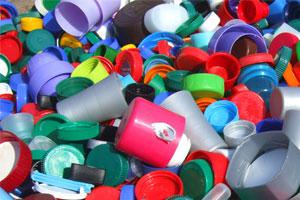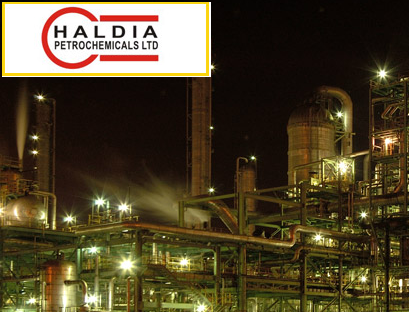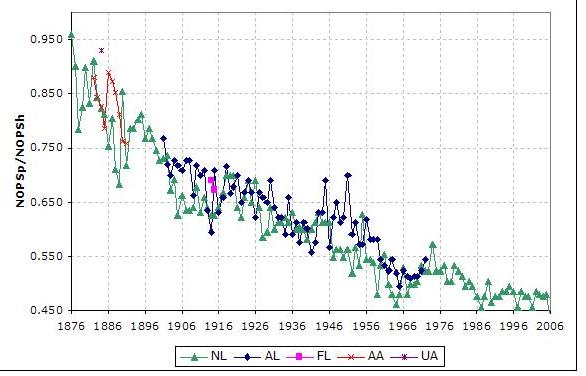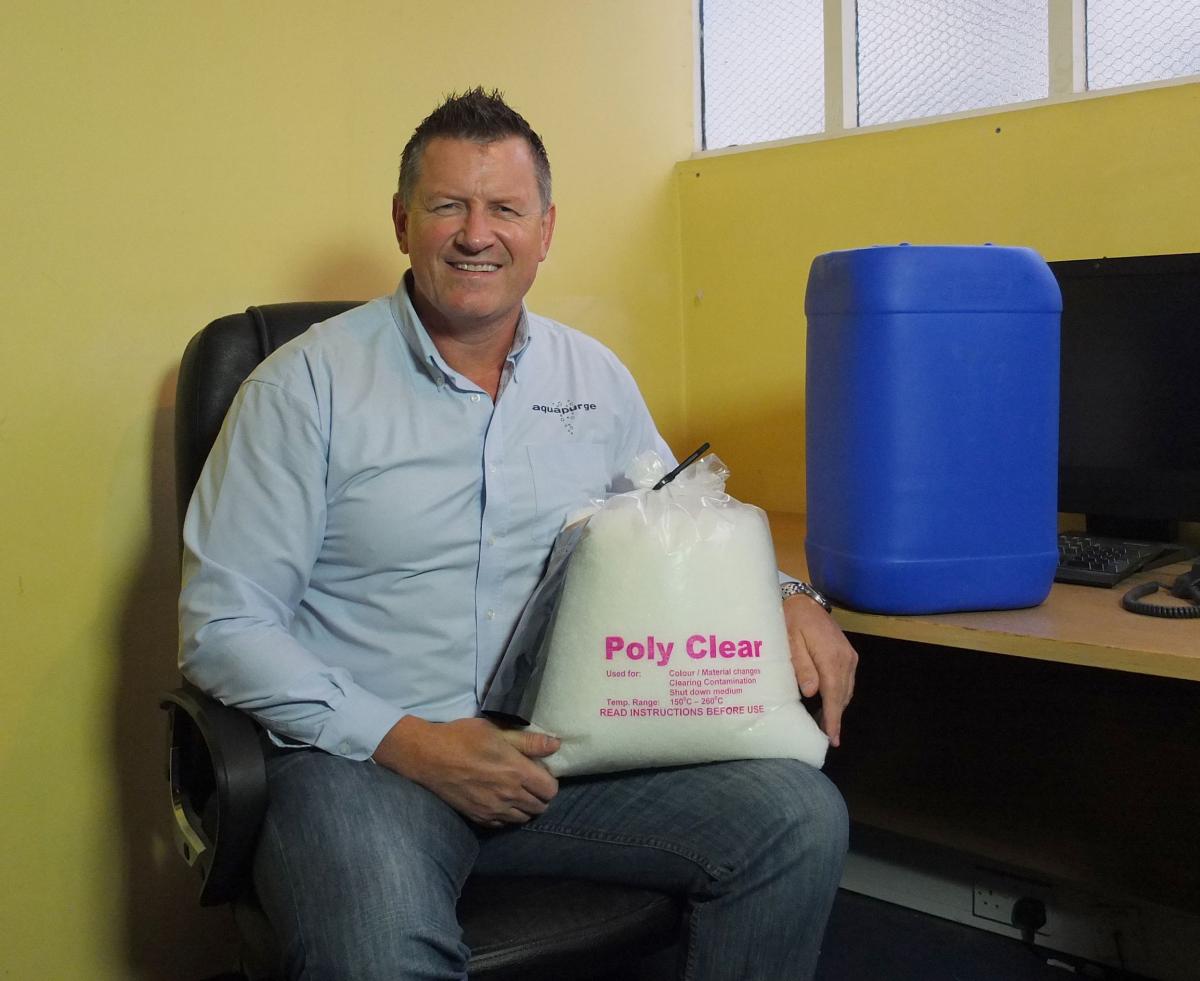Lighter, more rigid, more compact: Porsche has produced its first complete housing for an electric drive using 3D printing. The engine-gearbox unit produced using the additive laser fusion process passed all the quality and stress tests without any problems.
“This proves that additive manufacturing with all its advantages is also suitable for larger and highly-stressed components in electric sports cars,” says Falk Heilfort, Project Manager in the Powertrain Advance Development department at the Porsche Development Centre in Weissach. It is conceivable that the optimised electric drive could be used in a limited-edition super sports car, for example.
Prototype bundles several development steps
Engineers in the Advanced Development department were able to carry out several development steps at once with the prototype. The additively manufactured alloy housing is more lightweight than a conventionally cast part, and reduces the overall weight of the drive by approximately ten percent. Thanks to special structures that have only become possible due to 3D printing, the stiffness in highly stressed areas has nevertheless been doubled. Another advantage of additive manufacturing is the fact that numerous functions and parts can be integrated. This considerably reduces assembly work and directly benefits part quality.
Additive manufacturing, 2020, Porsche AG
3D printing opens up new opportunities in development and manufacture of low-volume parts. Porsche is intensively driving forward the use of additive manufacturing for optimisation of highly-stressed parts. A few months ago, new printed pistons successfully proved themselves in the 911 GT2 RS high-performance sports car. The housing for a complete electric drive now developed also fulfils high quality requirements. In the same housing as the electric motor, the downstream two-speed gearbox is integrated. This highly integrated approach is designed for use on the front axle of a sports car.
Designs are possible in almost any geometry
“Our goal was to develop an electric drive with the potential for additive manufacturing, at the same time integrating as many functions and parts as possible in the drive housing, saving weight and optimising the structure,” says Falk Heilfort. No other manufacturing process offers as many possibilities and such fast implementation as 3D printing. Design data can be fed to the printer directly from the computer without intermediate steps such as tool making. The parts are then created layer by layer from aluminium alloy powder. This makes it possible to manufacture shapes such as housings with integrated cooling ducts in almost any geometry. Every layer is melted and then fused with the previous layer. A number of different technologies are available for this purpose. The drive housing was manufactured from high-purity metal powder using the laser metal fusion process (LMF). Here, a laser beam heats and melts the powder surface corresponding to the part contour.
Optimisation of the electric drive started with the design integration of components such as bearings, heat exchangers and oil supply. This was followed by the computer-calculated definition of loads and interfaces. Determination of the load paths then took place on this basis. The next step in the virtual development method was optimisation of the load paths by integrating the so-called lattice structures. These structures take their cue from nature, and can also be seen in similar form in bones or plants, for example. “We were able to expand and improve our software solutions and methods for creating such parts and are now able to virtually implement them in a very short space of time,” says Sebastian Wachter, Specialist in Design Methodology and Topology Optimisation in the Powertrain Advance Development department. When combined with artificial intelligence, interesting approaches for optimising development methods arise here for the future.







